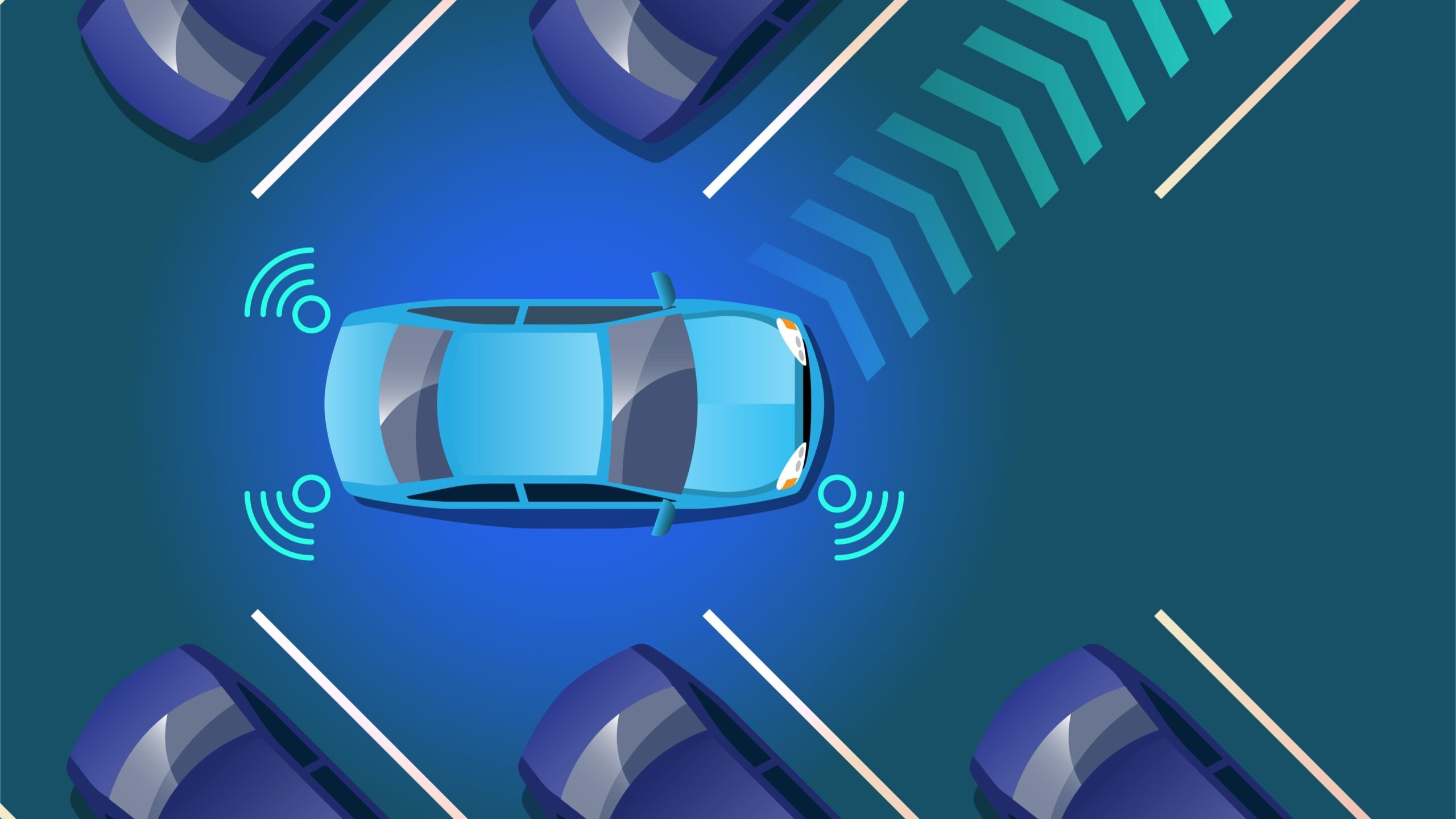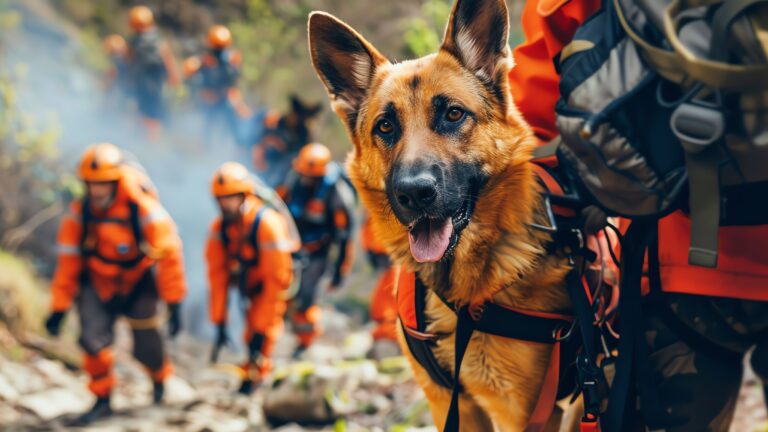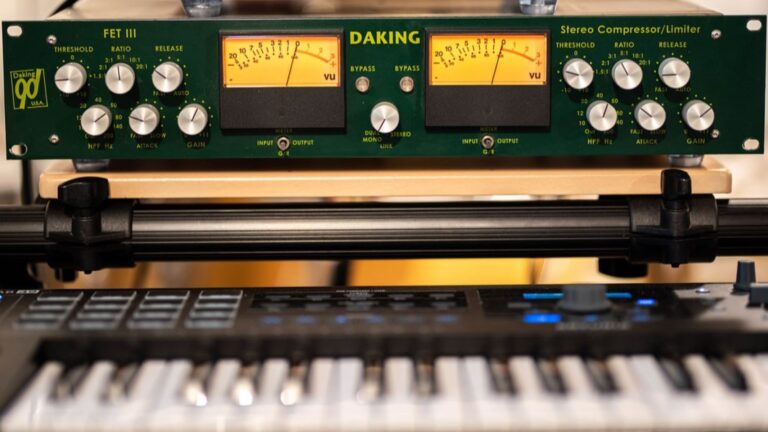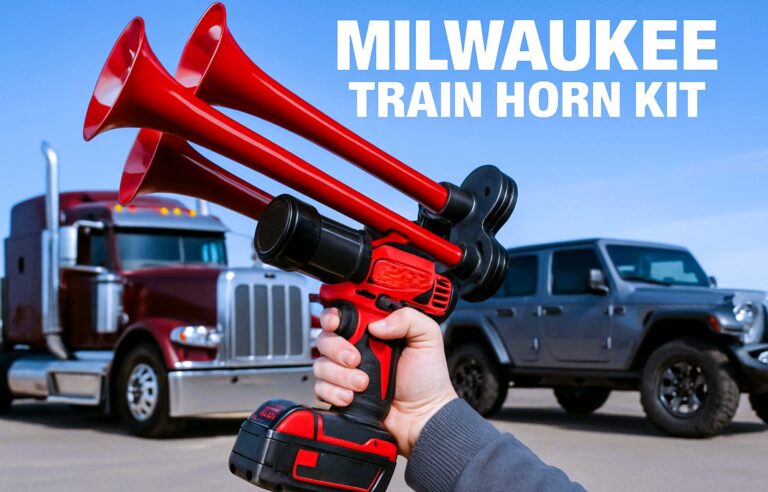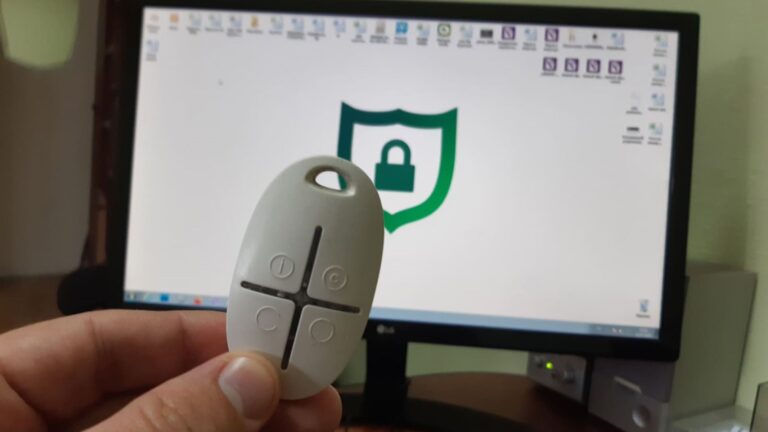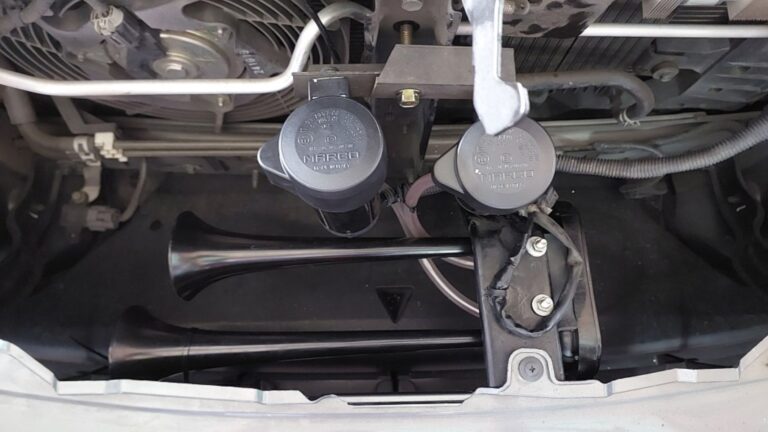This Simple Sound Mod Prevents Collisions in Tight Terrain
Ever tried navigating a tricky trail or a tight, rocky slope only to slam your vehicle into an unseen rock or tree? Frustrating, right? Collisions like these don’t just ruin your fun—they can cause serious damage. Now, imagine a simple sound mod that helps you avoid these collisions before they happen. Sounds like a game-changer, doesn’t it? In this article, we’ll explore how a straightforward sound modification can prevent collisions in tight terrain, saving you from headaches and costly repairs. We’ll break down how it works, why it’s effective, and how you can implement it yourself or in your favorite off-road simulation games.
Understanding the Problem: Navigating Tight Terrain
Navigating tight terrain is one of the toughest challenges for any driver, whether you’re behind the wheel of an off-road vehicle or playing a simulation game. It’s like trying to thread a needle while riding a bike over uneven, rocky ground — every move requires precision and constant attention. The difficulty comes from a combination of factors that make tight spaces unforgiving. Unlike open roads where you can easily maneuver, tight terrain is crowded with natural obstacles that block your line of sight and reduce the room you have to react.
One of the biggest issues is limited visibility. Trees, large rocks, and sharp bends often obscure what lies ahead or around your vehicle, making it hard to judge distances properly. You might only see part of a rock or a tree trunk, not realizing how close it really is until you bump into it. This lack of clear sightlines forces drivers to rely heavily on experience or external aids to avoid collisions, especially when the terrain is complex and unpredictable.
The narrow pathways typical of such terrain add another layer of difficulty. When the trail barely fits your vehicle, every inch counts, and there’s little margin for error. Drivers must make constant small adjustments to avoid scraping against bushes or rocks. These tight confines mean that even a slight miscalculation can result in damage. Because the environment doesn’t leave much space to maneuver, it’s easy to get stuck or cause minor to serious accidents if you’re not careful.
Common collision scenarios in tight terrain usually involve the sides or front of the vehicle. Scraping the side panels often happens when drivers get too close to bushes or rocks without realizing it, causing minor but frustrating damage. More severe collisions occur when the front bumper hits a rock or stump due to misjudged clearance, which can seriously impact the vehicle’s functionality. Another frequent problem is getting stuck in ditches or uneven ground, which usually results from poor reading of the terrain and often requires recovery assistance. Together, these challenges make navigating tight terrain a test of skill, patience, and sometimes the right technological help.
The Role of Sound in Collision Prevention
- Sound acts as an immediate and intuitive alert system that informs you about the presence and proximity of obstacles around your vehicle, much like the familiar beeping of parking sensors in cars. These sensors increase the frequency of beeps as you get closer to an object, giving you real-time feedback on how close you are to potential hazards.
- Unlike visual cues, which require you to constantly shift your gaze and can easily be missed in busy or cluttered environments, sound allows you to keep your eyes focused on the path ahead while still being aware of obstacles around you. This parallel sensory input means you don’t have to divide your attention between looking and reacting; your ears provide crucial information that supports your vision.
- Sound is especially valuable in conditions where visibility is compromised, such as in dense foliage, fog, dust, or nighttime driving. When your view is limited, auditory signals can alert you to dangers that your eyes might not catch in time.
- A sound mod designed specifically for tight terrain uses spatial audio cues to indicate not just the presence of an obstacle but also its direction—whether it’s to the left, right, front, or rear—helping you make precise adjustments to avoid collisions.
- This auditory feedback enhances situational awareness by providing continuous updates on your surroundings, allowing you to anticipate obstacles before they become immediate threats. It effectively extends your perception beyond the limits of your direct line of sight.
- Using sound as a collision prevention tool taps into our natural ability to locate and interpret sounds in three-dimensional space, making it a highly efficient and user-friendly method for improving safety and control in challenging terrain.
- Furthermore, sound alerts are often easier to process under stress or distraction compared to complex visual signals, which require more cognitive effort and can slow down reaction times.
- In summary, sound serves as a complementary sense to vision that boosts your ability to detect and respond to hazards, ultimately reducing the risk of collisions and improving overall navigation in tight and difficult terrain.
What Is a Sound Mod?
| Aspect | Description | Purpose | Complexity Level | Examples |
| Definition | A software tweak or add-on that modifies or adds audio cues in games or simulations. | To provide additional audio feedback to enhance user experience. | Ranges from simple to advanced | Parking sensor beeps, proximity alerts |
| Basic Functionality | Adds simple beeping sounds when near obstacles or boundaries. | Alerts players/drivers to nearby dangers. | Low | Beep sounds near walls or rocks |
| Advanced Features | Incorporates 3D spatial audio to indicate direction and distance of obstacles. | Gives more precise spatial awareness through sound. | Medium to high | Directional beeps with volume changes |
| User Interaction | Often customizable settings for volume, frequency, and sensitivity. | Allows users to tailor alerts to their preference and environment. | Variable | Adjustable beep intervals and sound types |
| Application Areas | Used in off-road driving simulators, racing games, virtual reality, and real-world vehicle systems. | Helps prevent collisions and enhances navigation in tight spaces. | Broad | Mods for MudRunner, SnowRunner, parking assist apps |
How This Simple Sound Mod Works
The core function of this sound mod begins with obstacle detection. The system continuously scans the area surrounding your vehicle to identify any objects that might pose a collision risk. This detection usually happens within a specific radius, ensuring that only obstacles close enough to be a threat trigger the system. In real-world applications, this might involve sensors such as ultrasonic or infrared, while in virtual environments, the software uses techniques like raycasting to simulate this detection process.
Once the obstacles are detected, the mod calculates the precise distance between your vehicle and these objects. This distance measurement is crucial because it determines how the audio alerts will behave. The closer you get to an obstacle, the more urgent the feedback needs to be. Whether through physical sensors or software calculations, the mod constantly updates these distance readings in real time to provide accurate and timely warnings.
The next step involves generating sound based on the distance data. Typically, the sound mod uses beeping signals that increase in frequency and volume as you approach an object. This gradual escalation creates an intuitive sense of urgency, prompting the driver or player to slow down or adjust their course before a collision occurs. The beeping acts like a heartbeat that speeds up with danger, making it easy to gauge how close you really are without needing to look away from your path.
A key feature of this mod is its use of directional audio, which enhances the spatial awareness of the user. Instead of just a generic beep, the sounds come from the direction of the obstacle—whether it’s to the left, right, front, or rear of your vehicle. This directional cue helps you pinpoint exactly where the danger lies, allowing for precise maneuvers and quicker reactions. By combining distance-based intensity with directional sound, the mod creates a powerful sensory tool that significantly reduces the risk of collisions in tight terrain.
Technical Details Behind the Mod
- The mod relies on sensors or detection methods to identify obstacles around the vehicle or player character, with real vehicles often using ultrasonic sensors that emit sound waves and measure their reflection time to gauge distance.
- Infrared sensors can also be used in physical systems, detecting heat signatures or proximity by measuring infrared light reflection or absorption.
- In virtual environments like games and simulators, the mod uses raycasting techniques, which involve sending invisible rays from the vehicle in various directions to detect collisions or obstacles within a certain range.
- Collision checks within the game’s physics engine further enhance detection by continuously monitoring the vehicle’s interaction with the environment, ensuring accurate and timely alerts.
- Once obstacles are detected, the audio processing system generates real-time feedback by modulating the beep frequency and volume, increasing the intensity as the vehicle approaches the obstacle to create a sense of urgency.
- This modulation happens dynamically, allowing the sound to smoothly change instead of abruptly starting and stopping, which helps maintain immersion and provides continuous guidance.
- The mod uses 3D audio spatialization technology to position sounds in a three-dimensional space, matching the real or virtual environment’s layout so that alerts come from the actual direction of the threat.
- Spatial audio enhances user awareness by allowing them to locate obstacles not just by proximity but by direction, making it easier to react correctly without having to look around excessively.
- The combination of sensor data and sophisticated audio processing results in a highly effective system that improves navigation safety in tight or challenging terrain.
- Additionally, some advanced mods or real systems may include customizable sensitivity settings, allowing users to adjust detection ranges or sound volumes based on their preferences or the specific terrain difficulty.
Benefits of Using This Sound Mod
| Benefit Category | Description | Key Advantages | Impact on User | Real-World Examples |
| Safety First | Helps prevent collisions by alerting users to nearby obstacles. | Reduces vehicle damage and risk of personal injury. | Increases confidence and reduces anxiety while driving. | Avoiding bumps on narrow trails; preventing accidents in low visibility. |
| Enhanced Situational Awareness | Provides continuous audio cues to complement visual focus. | Allows drivers to focus on the path without distraction. | Improves reaction time and overall navigation skills. | Driving safely in dusty conditions or at night when vision is limited. |
| Cost Savings | Minimizes physical damage and wear on vehicles. | Cuts down on repair costs and expensive recovery services. | Saves money and time by avoiding preventable accidents. | Less frequent body shop visits and fewer towing incidents. |
| Stress Reduction | Lowers driver stress by providing clear, early warnings. | Helps maintain calm and focus in challenging situations. | Creates a safer and more enjoyable driving experience. | Feeling more at ease in tricky or unfamiliar terrain. |
| Improved Efficiency | Enables smoother maneuvering and reduces need for repeated attempts. | Saves time during navigation of tight or complex areas. | Makes off-road driving or gameplay more fluid and less frustrating. | Faster completion of difficult trails or game levels. |
How to Implement This Sound Mod in Real Life and Games
Implementing a sound mod in real life starts with selecting the right hardware. Most commonly, this involves installing aftermarket parking sensors or proximity alarms on your vehicle. These devices use ultrasonic or electromagnetic sensors to detect obstacles nearby and provide audio alerts through beeping sounds. When choosing a system, it’s important to look for models that offer adjustable sensitivity settings so you can customize how close an object needs to be before the alerts activate. Some advanced systems even feature directional audio, which can tell you not just that there’s an obstacle, but where it’s located relative to your vehicle, making navigation easier in tight spaces.
Installation of these sensors generally requires professional assistance or a good understanding of vehicle electronics, as they need to be mounted strategically around the vehicle’s bumpers or undercarriage. Wiring the sensors to a control unit and speaker system also has to be done correctly to ensure the system functions reliably and provides accurate feedback. Regular maintenance, such as cleaning the sensors and checking connections, is essential to keep the system working optimally, especially when driving in muddy or dusty environments.
For off-road simulation games, adding a sound mod is a bit more straightforward but still requires some attention to detail. Many popular off-road and driving simulators support user-created mods that can be downloaded from platforms like Nexus Mods or the Steam Workshop. These mods typically add or enhance audio cues related to obstacle proximity, giving players auditory feedback similar to real-world sensor systems. To implement these mods, you’ll first need to find a compatible version for your game and then carefully follow the installation instructions, which usually involve copying files into specific game directories and sometimes editing configuration files to customize settings.
Once installed, it’s a good idea to test the mod in various in-game scenarios to ensure the sounds are triggering appropriately and at the right distances. Adjusting settings like beep volume, sensitivity, and whether directional audio is enabled can help tailor the experience to your preferences and the specific challenges of the terrain you’re navigating. Whether in real life or virtual worlds, properly implementing a sound mod can significantly improve safety and control by providing clear and timely warnings about nearby obstacles.

